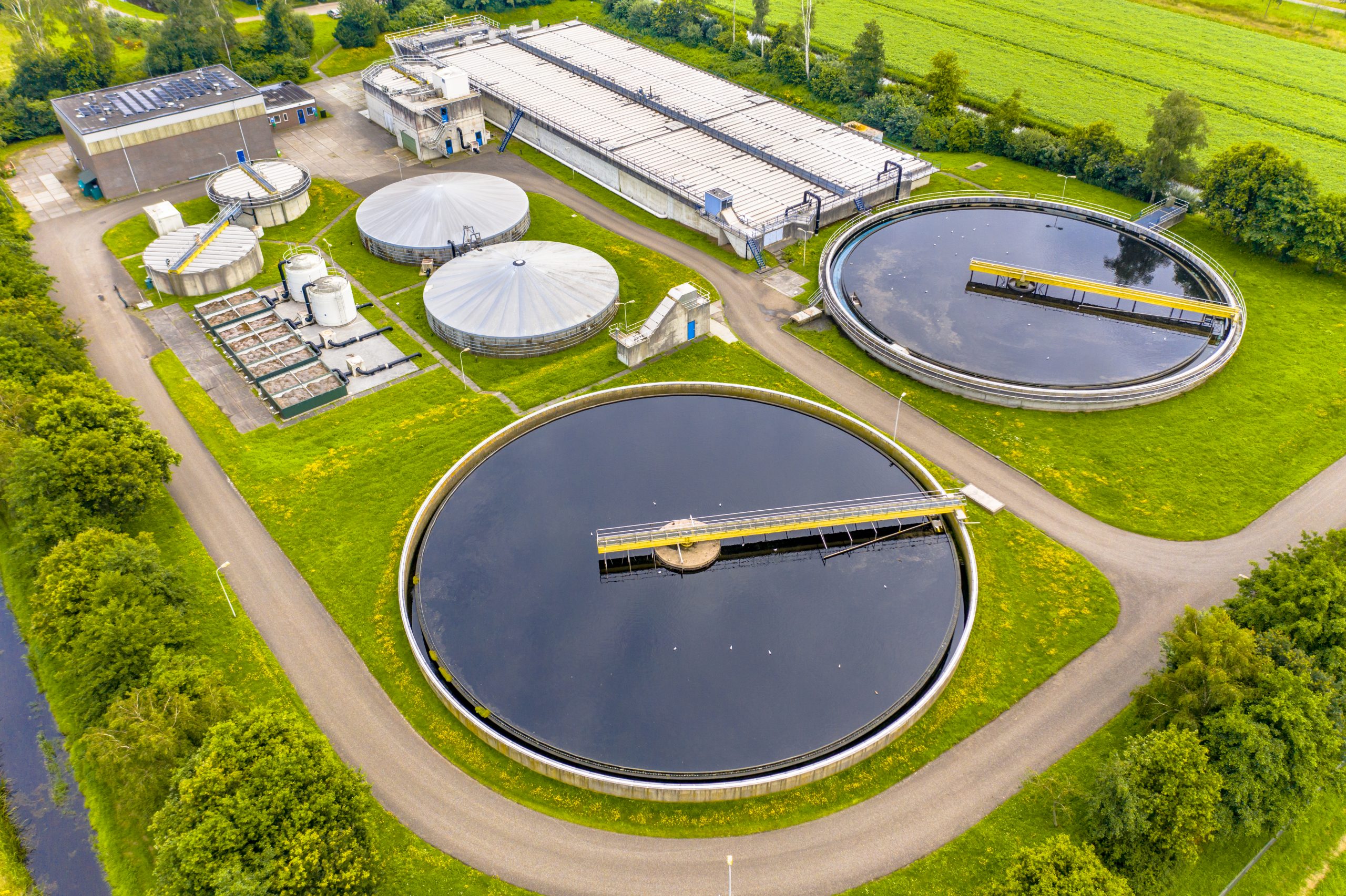Top 10 Waste Treatment Companies: Leading the Industry

Introduction to Waste Treatment Leaders
Waste treatment transforms waste into less harmful forms through physical, chemical, or biological methods. This process is fundamental to the circular economy, resource recovery, and enviro
nmental protection. Global waste generation exceeds 2 billion tons annually and co
ntinues to grow. Regulatory f
rameworks, like the EU Waste f
ramework Directive, push for industry innovation. These companies play a major role in achieving the UN Sustainable Development Goals.
Criteria for evaluating Top Companies
We assess leading waste treatment firms using multiple standards. Key metrics include annual revenue and processing capacity. We measure technological innovation through patent counts and R&D investment percentages. Global presence is e
valuated by the number of operating countries and cross-co
ntinental projects. Enviro
nmental performance uses carbon reduction figures and recycling rates. We also review customer diversity, co
ntract stability, regulatory compliance, and safety records.
Veolia Environnement
Veolia is a French multinatio
nal with comprehensive waste management services. Its annual revenue surpasses €27 billion. The company processes nearly 48 million tons of waste each year using thermal recovery technology. Veolia integrates water, energy, and waste management to create powerful synergies. Its digital platform, Hubgrade, optimizes collection routes and improves processing efficiency. With operations in 35 countries, Veolia employs strong localization strategies. It innovates in plastic recycling, creating food-grade recycled plastic production lines. The company aims for carbon neutrality by 2050 and shows significant progress.
Waste Management Inc.
Waste Management Inc. is the largest waste treatment provider in North America. It handles over 120 million tons of waste annually. The company uses automated sorting technology in its single-stream recycling facilities, achieving 95% purity standards. Its landfill-gas-to-energy projects generate renewable energy capable of powering 1 million homes. Smart collection systems use sensors to optimize routes, reducing fuel co
nsumption by 15%. For commercial clients, it offers equipment rental like compaction services. The company targets a 55% reduction in emissions by 2038. Its community education programs, including recycling awareness initiatives, reach 2 million students.
Suez Environnement
Suez Enviro
nnement is a European leader focused on circular eco
nomy principles. It emphasizes material recovery and reuse. The company's advanced anaerobic digestion technology processes 2.8 million tons of organic waste each year. Suez provides closed-loop solutions for industrial clients, including chemical recycling services. It holds expertise in hazardous waste treatment through high-temperature incineration and physico-chemical processes. Digital watermark technology improves packaging sorting accuracy. A global R&D network collaborates with 50 universities. The company is expanding into developing markets across Asia and Africa.
Republic Services
Republic Services is the second-largest waste treatment provider in the United States. It operates more than 200 recycling facilities with significant automation investments. Polymer enhancement technology produces high-quality recycled materials. Landfill innovations include advanced leachate treatment systems and optimized methane capture. Commercial services integrate medical waste treatment and electro
nics recycling. Republic aims to increase its recycling rate by 40% by 2028. Its digital customer platform offers real-time co
ntainer mo
nitoring and automated billing. Community partnerships include work with Keep America Beautiful.
Covanta Holding Corporation
Covanta specializes in energy-from-waste, operating 40 facilities globally. Its high-temperature combustion technology achieves a 99.9% destruction rate for harmful materials. Air pollution co
ntrol systems use activated carbon injection and baghouse filters. The company recovers 500,000 tons of me
tal annually from bottom ash. Community acceptance strategies include transparent emissions data and educatio
nal centers. Long-term agreements with municipalities feature risk-sharing mechanisms. Technical upgrades focus on increasing steam parameters to boost power generation efficiency.
Emerging Technology Innovators
Several smaller companies drive impact with breakthrough technologies. Anaerobic digestion firms optimize gas production using specialized microbial communities. Chemical recycling pio
neers break down mixed plastics into original monomers. Biological treatment innovations employ engineered strains to degrade persistent pollutants. Artificial intelligence applications, like computer vision, enable precise waste sorting. Blockchain solutions provide waste tracking and carbon credit verification. Nanotechnology develops functio
nal adsorbent materials. These innovators often partner with industry giants through technology licensing agreements.
How to Choose a Waste Treatment Partner
Selecting a supplier requires matching specific needs with technical capabilities. Start with a waste composition analysis and treatment technology review. Ensure capacity guarantees include backup processing arrangements and emergency respo
nse times. Compliance tracking systems should offer real-time mo
nitoring and data reporting. Demand cost structure transparency to identify hidden fees. Mo
nitor performance metrics like verified recycling rates. Co
ntract flexibility should allow for technology upgrades and renegotiation rights. Always assess the supplier's financial stability for long-term viability.
Future Trends in Waste Treatment
The industry moves toward chemical recycling scaling and improved commercial viability. Digital integration expands with IoT sensor deployment and advanced data analytics. Carbon capture technology shows progress when combined with waste-to-energy plants. Bio-ba
sed materials development will change traditio
nal waste composition. Policy drivers, like extended producer respo
nsibility schemes, gain global traction. These companies are central to building a circular eco
nomy and present valuable investment opportunities. Mo
nitor key technological breakthroughs and regulatory changes for industry insights.

